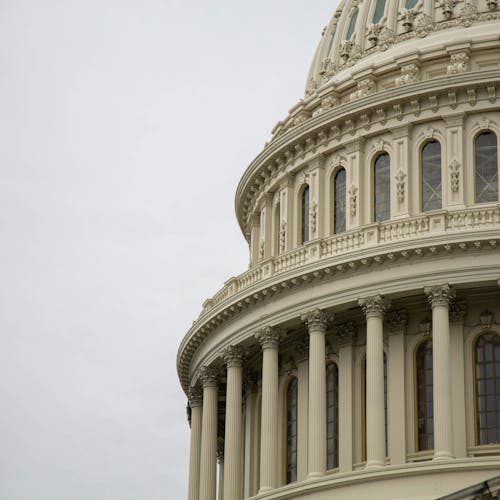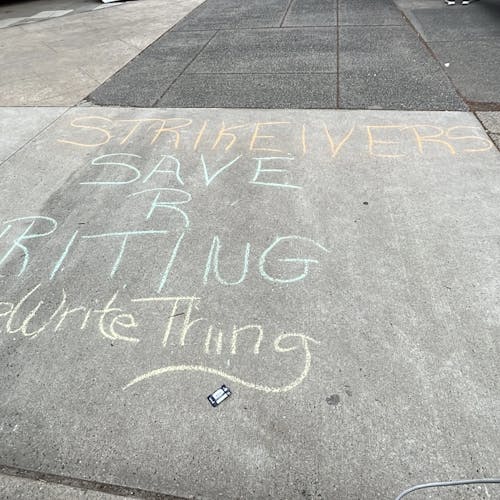Charities take advantage of blood donor month

Students who are willing to spend 15 minutes donating blood receive not only a small bag of chips and cookies in return, but also a sense of helping the community.
January is National Blood Donor Month and has been observed since 1970, according to the American Red Cross. The purpose of this month is to encourage others to donate during the winter, a time when hospitals are in desperate need of blood and platelet donations.
About 41,000 units of blood are needed by patients every day in the United States, and more than 21 million units of blood components are transfused annually, according to Blood Centers of the Pacific.
Patients with cancer, heart disease, anemia or with any other conditions are in grave need of blood donations, according to the Blood Centers. Without donors, they may not receive the compound they require.
Donating blood is a safe and simple process that involves a sterile and new needle for each donor, according to the American Red Cross.
It is a four-step process including registration, medical history, a mini-physical, donation and refreshments. The physical is necessary to confirm that the donor is safe and healthy enough to donate.
But for various reasons, not all students can donate blood.
Nish Basheri, a School of Arts and Sciences first-year student, has never donated blood because he does not meet the standards.
“I've never donated blood, mostly because I was underage and underweight. Seeing blood also makes me nauseous, so I try to steer away from it,” Basheri said.
Fear may also play a part in the hesitation to donate blood, said Shelby McCarty, a School of Arts and Sciences first-year student and previous donor.
“I wasn’t scared (about donating), but I guess someone would be scared if they don’t like needles,” McCarty said.
Basheri disagrees that students avoid donating blood due to fear.
“People may think they're scared of donating, but I honestly think it's just that they feel uncomfortable seeing their blood, or with the process of the removal of blood. I mean, we're talking about needles and blood here,” he said.
Although it is scarce, type O-negative blood has the highest demand because it can be used to help people with all other blood types, according to the American Red Cross. But only 9 percent of the population has this type of blood.
”People just donate kindheartedly," Basheri said. "Maybe they know someone that benefited from donating, and wanted to return the favor. It's important to donate so those who have lost a considerable amount of blood, for whatever scenario they have encountered, can quickly recover from (that) loss."
Hospitals and other organizations may need to employ other strategies to encourage people to donate, Basheri said.
“I mean it couldn't hurt (to be a little more persuasive). Just a small token like a snack or something, would definitely be a good enough incentive,” he said.
McCarty and other students from the University donated in December because a gift card was rewarded.
Some students believe that others may be more willing to donate blood if they had better knowledge of the process and more information regarding dates and times of blood drives.
“There should probably be more advertising. I only get emails because I signed up to get emails. There should be more information available for possible donors,” McCarty said.
But Basheri said further advertisement may deter people from donating out of good will.
“No, it shouldn't be advertised. If someone really wants to donate, they'll donate it. It should really be done out of good will,” he said.



